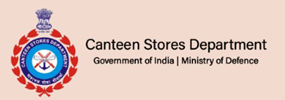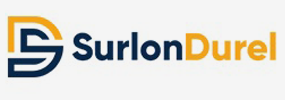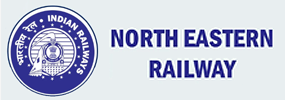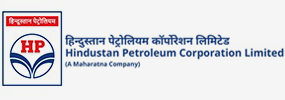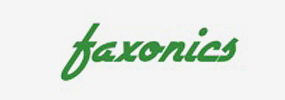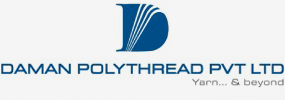ISO 9001 Certification [NABCB Accrediated]
ISO 9001:2015 sets out the criteria for a quality management system and is the only standard in the family that can do Certification of every company worldwide. It can be used by any organization, large or small, regardless of its field of activity. In fact, there are over one million companies and organizations in over 170 countries certified to ISO 9001.
This standard is based on a number of quality management principles including a strong customer focus, the motivation and implication of top management, the process approach and continual improvement. Using ISO 9001:2015 helps ensure that customers get consistent, good quality products and services, which in turn brings many business benefits.
What is ISO 9001:2015?
ISO 9001:2015 is an international standard related to quality followed in more than 170 countries. It is a generic standard applicable to any type of organization / institute irrespective of size / nature of work. It is upgraded version of ISO 9001:2008. ISO 9001:2015 is based on following eight management principles: Customer Focus, Leadership, Engagement of People, Process Approach, Improvement, Evidence Based Decision Making, Relationship Management
Why to Implement ISO 9001:2015?
Any organization who wants to improve in terms of management, operations etc. need a Quality Management System. At the same time it is also necessity, as most of the national / international organizations want ISO 9001:2015 companies as their Supplier. More over ISO 9001 certification put you on same platform with other big companies of world in terms of Quality.
Benefits of ISO 9001 Certification
ISO 9001:2015 certification shows your
commitment towards quality
Reduce cost in all area as result of
effective management
Better control on all ongoing
processes
Improves reliability of organization as
well as products & services
Achieve higher customer satisfaction







